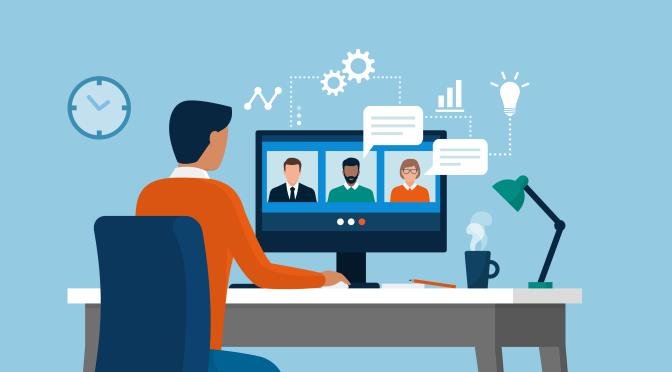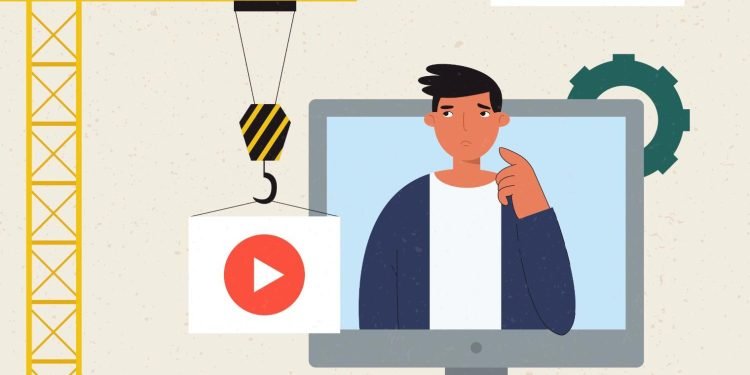A classroom-like learning environment where individuals can interact and learn from one another may be created using the technologies available on e-learning platforms. It enables one to comprehend the breadth of the body of information and provides the opportunity to choose for oneself whatever knowledge or skill gaps to fill.
Online learning is a brand-new form of delivering education that has shown to be effective and novel in meeting a range of educational demands. Digital education is about to undergo a revolution, and the market is eagerly awaiting technologies that can be successfully incorporated into the teaching and learning process.
How Can A Website For E-Learning Be Built?
Analytics
The first step in developing an e-learning platform should be identifying your target market and researching your rivals. A website owner must comprehend their target market’s demands and problems. He will then be able to modify his website to suit their interests and profit from this. In order not to learn the steps further, try education software development services.
Technical Specifications Creation
A really significant step. Errors are unacceptable in this situation since they might occur at any time and cause the project to go very slowly. By analyzing the target audience, competitors, objectives, and strategy, the TK specifies the project’s primary needs, capabilities, and working methods. In reality, the prior step is completed in order to create a top-notch technical specification and distribute it to experts.
Prototyping
A prototype with a thorough layout and navigation is made for clarity. The latter needs particular consideration. Too many websites are created without consideration for user-friendliness. The user must be able to utilize the product when they first come into touch with it. The usefulness of the interface is mostly provided by the designer. The placement of each element on the website should make it simple for the user to access and utilize them.
Designing UI/UX
If you want to develop a learning platform that is user-friendly and has excellent design, you should prioritize a learner-centered approach. By gaining consistency and intuition, it can be done.
By intuitiveness, we imply simple navigation devoid of hesitation or queries. It should be designed to allow site visitors to complete their tasks with the fewest possible clicks. The design shouldn’t divert attention with superfluous items in order to let people navigate the site using their instinct.

Layout
The layout is sent to the adaptable layout only once the designer has finished the job and received the customer’s approval. It entails converting drawings into HTML so that the site image may be adjusted for every browser and device (PC, tablet, smartphone, and other gadgets).
When “measure seven times, cut one,” this is precisely the situation. It is preferable to create the site’s design seven times in pencil and once in HTML rather than sending the initial draft of the layout and then making countless changes and retyping.
Programming
Why do you program? Everything seems to have previously been sketched out by the designers; the layout designers have converted the drawings into HTML and modified the site layout for the World Wide Web. Next, what? A programmer then arrives on the scene and brings the images to life. It is preferable to use the call button as an example here. Its creator gave it a welcoming message and gave it a rectangular, green shape.
Testing
Although the resource is tested for “works — does not function” at each level of creation, final testing is necessary. What if a pop-up window doesn’t appear on the screen, a link is lost someplace, or data is shown incorrectly? Testing reveals a number of issues, which the team rapidly fixes. The site is often put on a unique site for testing and presentation.
Get help: https://www.dewais.com/services/it-outsourcing-services/
Traditional Support
Experts transmit completed platforms like Udemy while teaching students how to use the administration panel and data-collecting tools. The owner is then free to utilize the remainder of the resource’s capabilities totally freely, including publishing new material, building pages, posting items, and gathering data for analytics and behavioral indicators.
Conclusion
There are currently too many instructional platforms available in the eLearning sector. However, the revolution in the field of online learning is still going on. Online degree, certificate, and diploma programs are becoming more and more accessible. Knowledge, insight, and arduous experience are shared with the world via educational institutions and enthusiast organizations.












